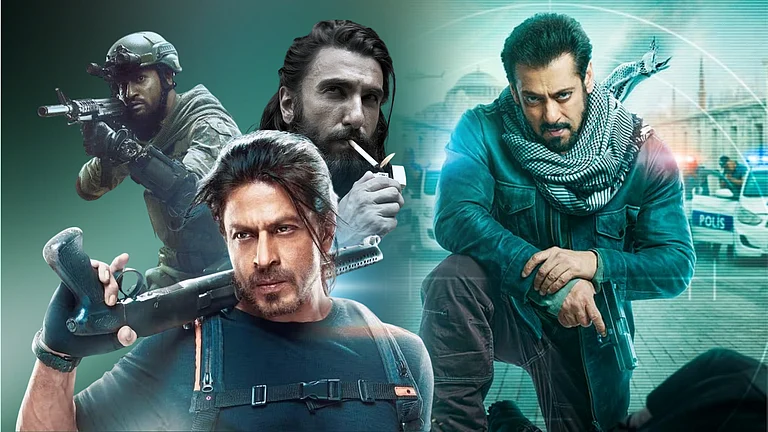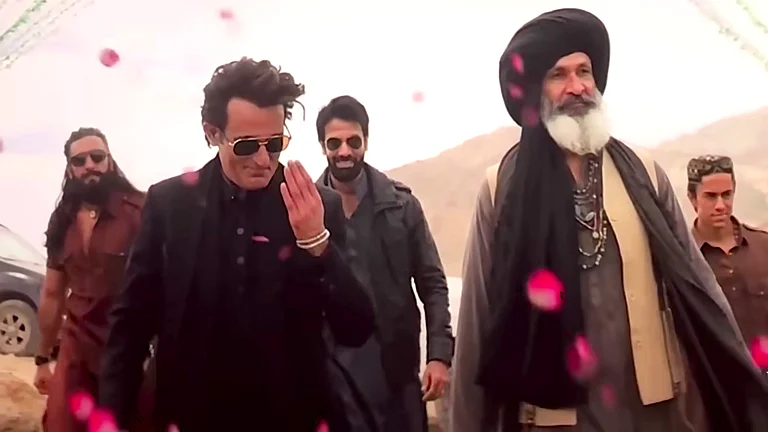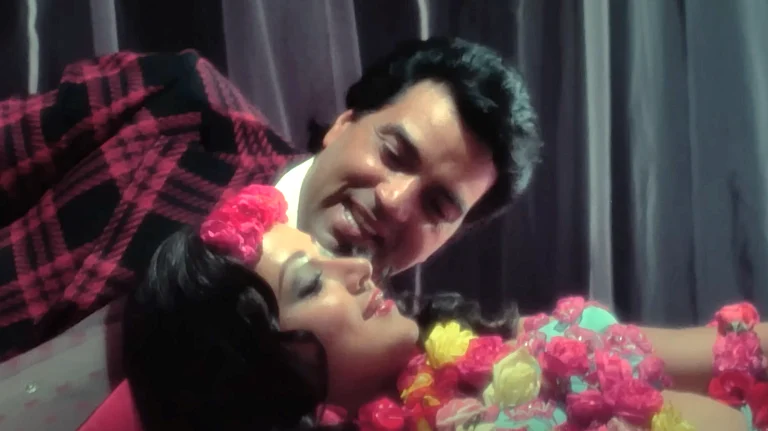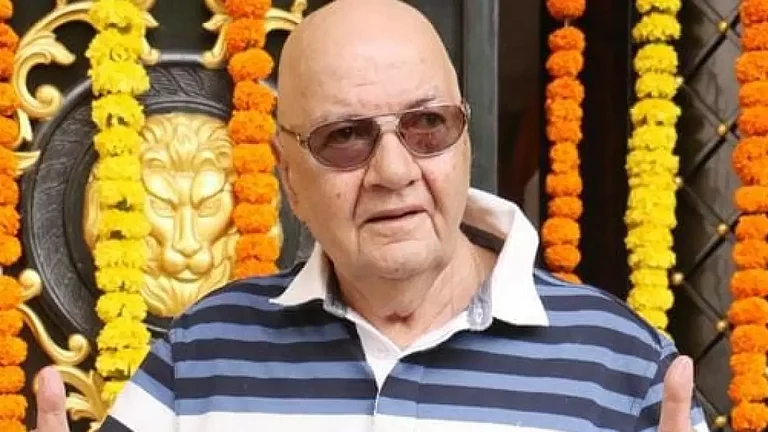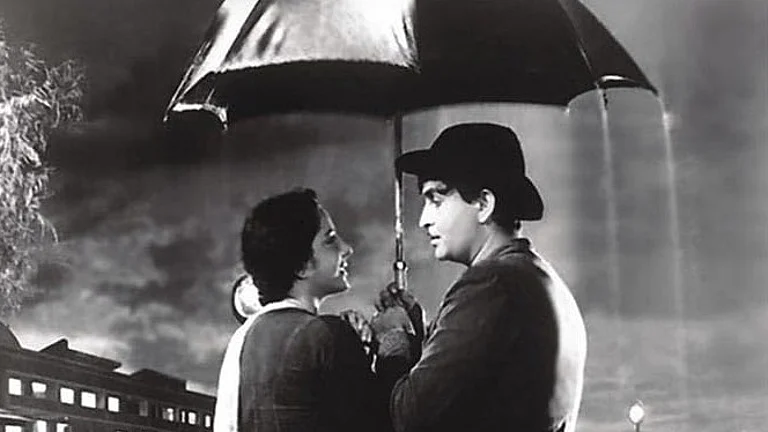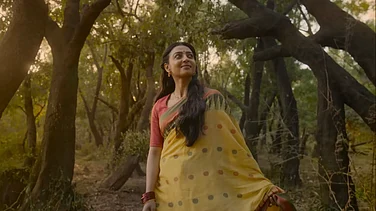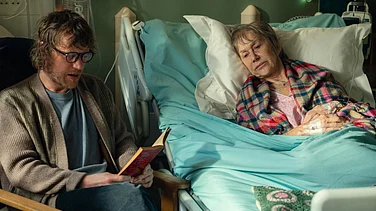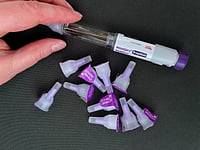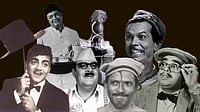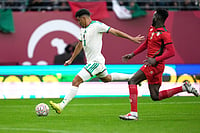
Hindi cinema had iconic villains up to the 70s, often having equal footage as the heroes
During the 80s and 90s, heroes started dabbling with grey, dark characters, leaving little room for the villain
Most of the erstwhile villains either left the industry or switched to playing character roles
Once upon a time, there were good guys and bad guys in Hindi movies. The bad guys had more swagger, slicker hairstyles, hats and moustaches, and bigger mansions (with no family to share it with). They drove around in vintage cars, wore immaculate suits or sherwanis, sported cigars and had all the trappings of affluence, sometimes featuring complicated gadgets or circuits or trap doors. They never had to work a day, and could spend their time playing billiards or golf, occasionally crack a whip at the hero or his relatives, or even better—loll on a float in a pool, beer in hand, surrounded by bikini-clad women.
They were also irredeemably bad. Unlike the diminutive hero, the villain owned the screen—he had a big presence, memorable dialogues (often drawing whistles and claps from the audience) and an energy that said the minute he came on screen: “Something is going to happen!”
Everything the villain did was in full volume. As with most megalomaniacs, he had many delusions and there was nothing too small or too big for him. He had a colorful range—from feudal lord to dacoits to smugglers to mafia dons and gangsters; from small-time crooks and petty crimes to serial killers, terrorists and traitors; from evil relatives to adulterous spouses to extra-terrestrial beings—villains could be anything.
Now who wouldn’t want to be the villain?
It was as though we needed a foil for our heroes— a humanized version of an archetype who checked all the boxes for negativity so that the hero could look good and live happily ever after (with the heroine, of course). His identity relied on the atrocities of his enemy. If the latter didn’t do mischief or cause mayhem, there was no need for a champion to rise and save the day. What worked was the anticipation of the hero giving it back with interest, so to speak—like in Ram Aur Shyam (1967) when Shyam cracks the whip to avenge his twin Ram, who has been whipped since childhood by his abusive brother-in-law (Pran). Or Amitabh Bachchan flinging Madan Puri off his balcony in Deewar (1975). In that moment, there is redemption, a quiet victory for the common man.
While the hero had, at best a “Maa mai pass ho gaya!”, or “Meri naukri lag gayi” as his 15 seconds, the villain had no use for such banality. He usually had no backstory that justified his villainy (unlike modern day villains who are ‘relatable’ or ‘people like us’). Legendary tyrants of celluloid are also noted for their over-the-top get-ups, with very few, like Amjad Khan’s Gabbar Singh who abstained from weird costumes to convey on-screen intimidation.
Hindi cinema of the 50s and 60s was all about producing grand heroes and ferocious villains. The mightier the bad guy, the greater is the good guy’s triumph. And we had many contenders for villainy, since the real estate occupied by villains at the time on movie posters was as much as that of a hero. A villain, once established had a long innings —easily 30-40 years, which is more than heroes can speak of—this increased shelf life allows them to move from villain to a character role, or that of a close friend or comrade, to comedy, and then eventually to father/father-in-law roles. Starting from KN Singh, and moving to Rehman, Pran, Jeevan, Prem Chopra, Madan Puri, Ajit, Ranjit, the 50s to the 70s were the era of the villain.

With one of the longest innings as an actor, spanning six decades, Pran perhaps redefined villainy with his suaveness and style. From Ziddi (1948) to Johnny Mera Naam (1970), he brought both menace and mystery to every role. With slick side-parted hair, a moustache that spoke louder than words, that iconic pipe and a cold stare, he could steal a scene from any lead actor and was often a contender for the heroine. Later, Pran moved from villain to supporting character—the bitterly cynical but good at heart Malang Chacha of Upkaar (1967) was the turning point, post which he continued to play character roles until the early 2000s.
K. N. Singh was a thinking man’s villain. Impeccably dressed in suits and rarely raising his voice, his restrained yet dangerous presence made him perfect for the cunning antagonist roles in the '40s and '50s. Ajit, of "Mona Darling" and "Lion" fame, with his clipped nasal delivery of dialogue was the ultimate suave baddie. With his sharp suits, dark glasses and underworld flair, he plotted elaborate villainous schemes, often involving the smuggling of gold and diamonds.
From smuggler to traitor to scheming uncle, Madan Puri’s villainography was extensive. His adaptability to different shades of evil made him a regular in nearly every second film of the '60s and '70s.
If you were looking for a treacherous priest, slimy politician, or corrupt royal, Jeevan had the signature evil grin and swagger. He mastered the art of playing morally corrupt, yet utterly captivating characters, especially in mythological and fantasy films.
If you wanted chills garnished with chuckles, Prem Chopra had a knack for portraying evil in a disturbingly casual way, with “Prem naam hai mera, Prem Chopra” (Bobby, 1973). Whether playing a scheming brother-in-law or a lecherous businessman, Prem Chopra’s villainy had an exaggerated flamboyance that audiences loved to hate.
The next era of villains came with Shakti Kapoor, Kader Khan, Gulshan Grover, Sadashiv Amrapurkar, Ashutosh Rana and Amrish Puri (who was Madan Puri’s more successful younger brother). Mogambo’s character in Mr India (1987) is iconic, memorable and larger than life, in complete contrast with the hero who is a common man.
The 80s had fewer opportunities for villains, with heroes not wanting to share space with someone larger than life. Amjad Khan, after being typecast for a while post Sholay (1975), moved on to positive supporting roles (Yaarana, Qurbani, etc). Shakti Kapoor and Kader Khan (often as a combination) broke into the genre of comedy and had a successful innings together. Kiran Kumar, son of erstwhile Jeevan, had a breakthrough with the 1988 film Tezaab as Lotiya Pathan. Danny Denzongpa as Kancha Cheena in Agneepath (1990) was a drug lord with panache and a sophistication that was unmatched. When the film was remade in 2012, Sanjay Dutt played the same role, but guzzled moonshine instead of a 35-year-old Scotch.
Some villains changed the direction of their career because of their children. Pran once said in an interview that his daughter came home crying one day because a friend told her “Your father is a bad guy and kills people”. Ditto for Prem Chopra whose daughter once asked him if he could do another job. To which he said, “Then I may not be able to give you the same life”.
In an interview, Gulshan Grover had said, “The last iconic villain to make a living out of villainy was me, but post my time, opportunities ceased to exist, because whatever I or the senior villains did, began to look out of place. Big stars started taking up negative characters and the quintessential villain was smothered. But this too did not last.”
As the nineties came, there was a wave of softer hero movies and we did not need big villains anymore. Often, the enemy was within, e.g. in both Aamir and Salman Khan’s debuts, the evil was a family member, like Daleep Tahil and Goga Kapoor in Qayamat Se Qayamat Tak (1988) or Rajeev Verma in Maine Pyar Kiya (1989).

Heroes had also started gravitating towards darker, greyer roles [SRK in Baazigar, Darr (1993)]. Although Sonu Sood as Chhedi Singh in Dabangg (2010) brought the Hindi film villain back to life, his intimidation was not a patch on the villains of yesteryears. Mogambo khush nahi hua!
Is Bollywood too sanitized now for villains? Are the boundaries between good and bad really blurred, leaving no room for the villain? When cinema moved from mass to niche, did some of the things that comforted us slowly die? We will never know. All we know is we can’t tell our kids anymore, “So jaa, nahi toh Gabbar aa jayega”.








